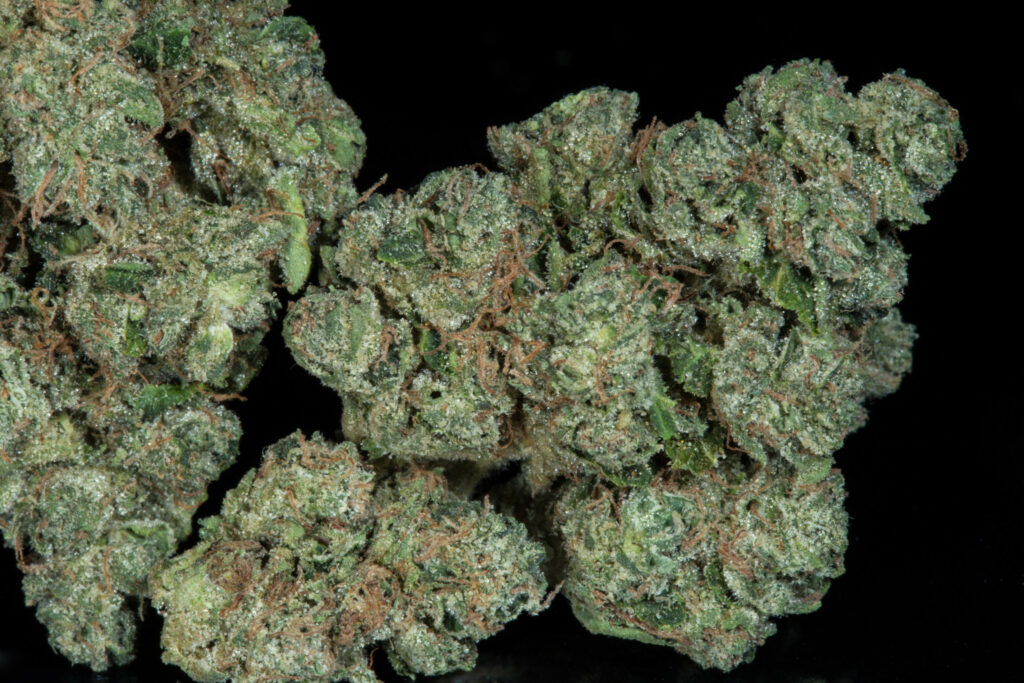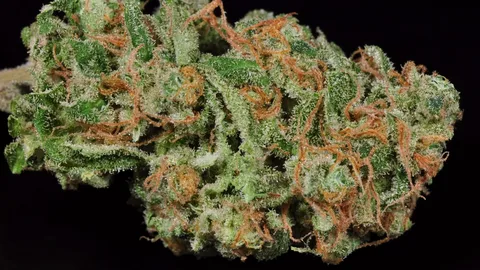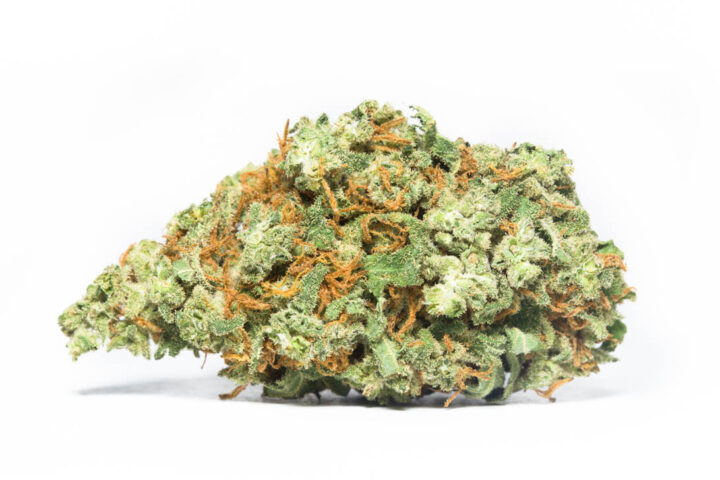Origin and Genetics
XJ-13 Breeders and Parents
The XJ-13 is a popular cannabis strain known for its high THC content and unique terpene profile. It is believed to have originated from a cross between G-13 and Jack Diesel, two potent strains.
Genetically speaking, the XJ-13 breeders have managed to create a strain that combines the best traits of its parent plants. The G-13 is known for its high THC content and relaxing effects, while the Jack Diesel provides a more energizing and uplifting experience.
The genetics of XJ-13 are complex, but it’s believed to be an indica-dominant strain with some sativa characteristics. This blend of indicas and sativas creates a balanced effect that can help alleviate pain, insomnia, and anxiety while also providing a creative boost.
One of the key factors in the success of XJ-13 is its terpene profile, which is composed of myrcene, limonene, and pinene. These terpenes work together to create a unique aroma and flavor that is often described as earthy, woody, and slightly sweet.
The high THC content of XJ-13 is another reason why it’s so popular among cannabis enthusiasts. It contains up to 25% THC, which makes it one of the most potent strains on the market. This level of potency is perfect for those who need a strong effect to help alleviate their symptoms.
The combination of its high THC content and unique terpene profile has made XJ-13 a favorite among breeders and growers. It’s relatively easy to grow, requiring minimal maintenance and care, making it an ideal choice for indoor or outdoor cultivation.
The XJ13 strain is a result of a cross between Jack Herer and a unknown indica dominant hybrid, likely to be a Northern Lights strain. Its genetics make it a sativa dominant strain.
The XJ13 strain is a cannabis strain that has gained popularity among enthusiasts due to its unique genetic makeup. As mentioned earlier, it is a result of a cross between Jack Herer and an unknown indica-dominant hybrid, likely to be a Northern Lights strain.
Let’s break down the origin and genetics of this intriguing strain. The Jack Herer strain is a well-known sativa-dominant strain, renowned for its potent THC content and uplifting effects. It is a cross between a Northern Lights #5 Haze B x Skunk No.1.
The unknown indica-dominant hybrid used in the cross with Jack Herer is likely to be a Northern Lights strain as well. This suggests that the breeder aimed to create a strain that would retain some of the sativa characteristics from the Jack Herer, while also incorporating the calming and relaxing effects of an indica-dominant strain.
As a result of this cross, the XJ13 strain has emerged with a unique genetic makeup that is predominantly sativa. This makes it ideal for users who want to experience the energizing and creative effects associated with sativa strains, while also benefiting from the therapeutic potential of indica-dominant genetics.
The exact ratio of sativa to indica in the XJ13 strain may vary depending on various factors such as growing conditions and terpene profile. However, it is safe to assume that this strain will retain some of the potency and uplifting effects associated with Jack Herer, while also providing a more relaxing experience due to its indica-dominant heritage.
Overall, the XJ13 strain offers users a unique combination of sativa and indica genetics, making it an attractive option for those seeking a balanced and therapeutic cannabis experience. Its origin in a cross between two legendary strains only adds to its allure, cementing its place as a notable addition to the world of cannabis.
University Research on Cannabinoid Effects
Cannabis, the plant from which cannabis products are derived, has a long and complex history that spans thousands of years. The earliest known evidence of cannabis use dates back to ancient China around 4000 BC, where it was used for medicinal and ritual purposes.
Genetically, cannabis is a member of the Cannabaceae family and contains over 100 different compounds known as cannabinoids, with THC (tetrahydrocannabinol) being the most well-known psychoactive compound. The genetics of cannabis have been extensively studied in recent years, particularly at the university level.
Researchers have identified two main species of cannabis: Cannabis sativa and Cannabis indica, which are thought to have originated from different parts of the world. C. sativa is believed to have originated in tropical and subtropical regions, while C. indica is thought to have originated in more temperate climates.
University research has shown that different strains of cannabis can have varying levels of THC and other cannabinoids, which can affect its psychoactive and medicinal properties. For example, the XJ-13 strain mentioned above contains a high level of THC and is often used for its relaxing and pain-relieving effects.
- The genetic makeup of cannabis plants can also affect their susceptibility to pests and diseases, as well as their ability to grow and thrive in different environments.
- University researchers have developed new methods for breeding cannabis with desirable traits, such as increased yields or resistance to certain pests and diseases.
- Cannabis genetics has also been studied in relation to its potential medicinal uses, including the treatment of epilepsy, multiple sclerosis, and other conditions.
Some of the key research institutions involved in cannabis genetics research include:
- The University of California, San Diego (UCSD) – which has a long history of researching the chemistry and pharmacology of cannabis.
- The University of Colorado Boulder – which has a research program focused on the effects of cannabinoids on human health and behavior.
- The Hebrew University of Jerusalem – which has conducted extensive research on the genetics and biochemistry of cannabis.
In addition to university research, there are also several online resources available that provide information on cannabis genetics and its potential uses. Some examples include:
- Leafly.com – an online resource that provides information on various strains of cannabis, including their genetic makeup and effects.
- Weedmaps.com – a website that allows users to search for different types of cannabis products and read reviews from other users.
Research conducted at the University of Mississippi has shown that THC in cannabis can have anxiolytic (antianxiety) and analgesic properties, making XJ13 a viable treatment option for anxiety disorders and chronic pain sufferers.
Cannabis has been used for medicinal and therapeutic purposes for thousands of years, with evidence of its use dating back to ancient civilizations in Asia, Africa, and the Middle East. The modern study of cannabis, however, is a relatively recent development, driven by advances in genetics and molecular biology. At the heart of this research is our understanding of the genetic code that underlies the plant’s remarkable diversity.
Researchers have identified a complex interplay between genes that govern the production of cannabinoids, terpenes, and other bioactive compounds found in cannabis. The most well-known cannabinoid is THC (Tetrahydrocannabinol), which is responsible for the plant’s psychoactive effects. However, THC also possesses significant therapeutic properties, including anxiolytic and analgesic activities.
The research conducted at the University of Mississippi has shown that XJ13, a specific cannabis strain, contains high levels of THC and other beneficial cannabinoids. This study highlights the potential for XJ13 to serve as a viable treatment option for individuals suffering from anxiety disorders and chronic pain.
The development of XJ13 is an exemplary case of how advances in genetics and molecular biology have facilitated the creation of targeted cannabis strains with specific therapeutic profiles. By understanding the genetic code that underlies cannabis diversity, researchers can design and develop new strains like XJ13 that meet the needs of patients suffering from various medical conditions.
Furthermore, research into the genetics of cannabis has also led to a greater understanding of the plant’s complex relationships with its environment and other organisms. This knowledge has implications for agriculture, pest management, and ecosystem health, highlighting the vast potential benefits of scientific inquiry into this remarkable plant.
- White Gummy Aka White Gummiez, White Gummies Weed Strain Information - October 9, 2024
- XJ-13 Aka XJ13, XJ Thirteen Weed Strain Information - October 9, 2024
- White Durban Weed Strain Information - October 8, 2024














